SUMMARY
This is AI generated summarization, which may have errors. For context, always refer to the full article.
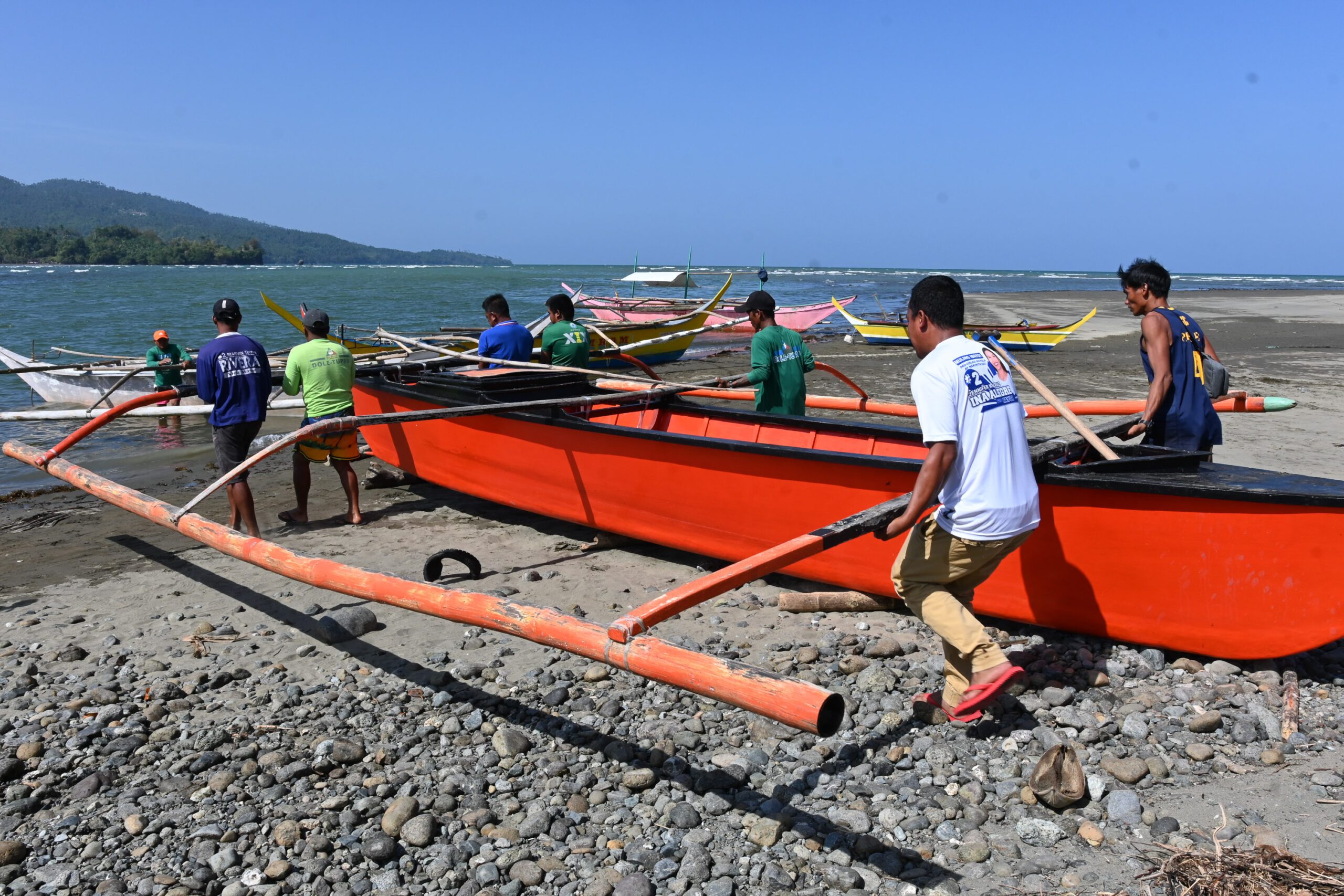
MANILA, Philippines – Oriental Mindoro Governor Humerlito “Bonz” Dolor announced in a press briefing on Monday, May 8, the lifting of the fishing ban in the towns of Bongabong, Roxas, Mansalay, Bulalacao, Baco, San Teodoro, and Puerto Galera.
“Ngunit, ang puwede lang pong hulihin ay isda. Hindi pa rin po pupwedeng hulihin ang mga shellfish at crustaceans,” Dolor clarified. “Lilinawin ko. Isda lang po ang puwedeng hulihin dahil ito pa lang ang napatunayang ligtas.”
(Fishermen can only catch fish, not shellfish and crustaceans, as this is what’s proven to be safe for now.)
The fishing ban remains in Calapan, Naujan, Pola, Pinamalayan, Gloria, and Bansud. Dolor encouraged fishermen from these towns to fish where the ban has been lifted, and said that they do not need any permission to fish in neighboring areas.
The first four towns are located in the southeast area of the province, while Baco, San Teodoro, and Puerto Galera are located up north. The capsized tanker MT Princess Empress is in the vicinity of towns where the fishing ban remains.
More than two months have passed since the tanker, en route from Bataan to Iloilo carrying 800,000 liters of industrial oil, capsized off the coast of Naujan.
The selective fishing ban is now being implemented after Dolor asked for the Philippine Coast Guard (PCG) and the Bureau of Fisheries and Aquatic Resources’ (BFAR) recommendations. The governor also consulted Hernando Bacosa, the lead expert of Department of Science and Technology-National Research Council of the Philippines on the oil spill.
Dolor said that according to the PCG, “though oil has an adverse effect on fish, a few dead fish floating on the surface of a pond isn’t necessarily cause for alarm.” PCG said that the death of fish can be caused by old age, injury, or starvation.
According to the governor, Bacosa recommended the implementation of a selective fishing ban in the province. The scientist cited low polycyclic aromatic hydrocarbons (PAHs) levels found in seafood samples. PAHs are toxic components of oil.
In a discussion last March with coordinators from US weather agency, National Oceanic and Atmospheric Administration, Bacosa said they concluded that the “fishing ban is unnecessary in several parts of Oriental Mindoro. However, since the sunken vessel still continues leaking and there is still oil on the water surface near the spill site, fishermen would need to be careful not to pull fishing gear or catch through oil near the site (within 10-15 km radius from the site).”
The BFAR, in a bulletin released on April 26, said only low-level amounts of PAHs were found in seafood samples in Oriental Mindoro. The Department of Environment and Natural Resources, on the other hand, reported that oil and grease detected in water samples still fall within acceptable parameters.
No guarantee
Meantime, the continuous oil leak remains a point of concern for many environmentalists, who believe that lifting the ban in selected towns may pose more harm to the health of the community.
“Is the government saying they can’t help affected fisherfolk anymore and they should fend for themselves?” said Gerry Arances, executive director of think-tank Center for Energy, Ecology, and Development (CEED).
“Fishermen might suffer from ailments if they encounter spill-affected waters, and we cannot guarantee that the fish they catch have not been affected,” Arances added.
The government has yet to produce conclusive results on level of PAHs ingested by marine creatures. – Rappler.com
Add a comment
How does this make you feel?
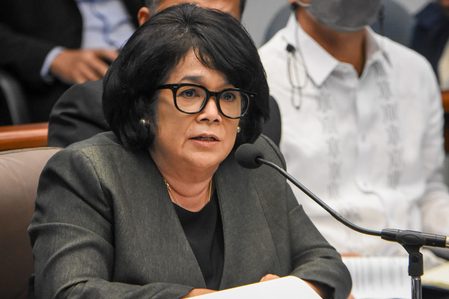
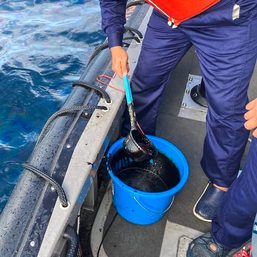




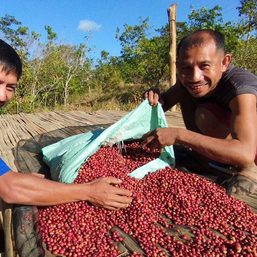
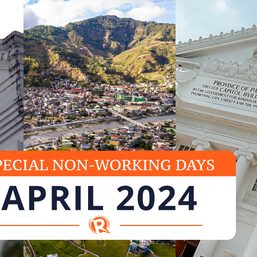
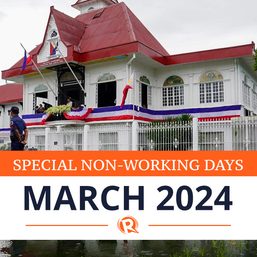
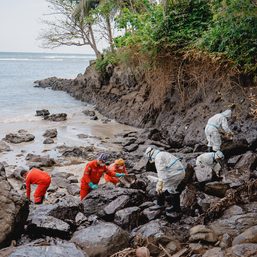
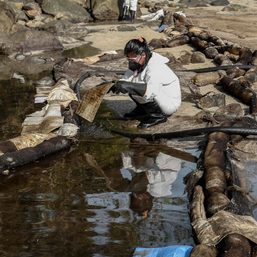
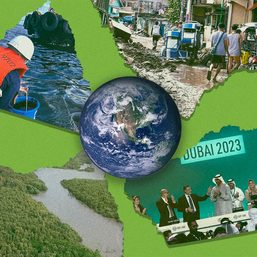

There are no comments yet. Add your comment to start the conversation.